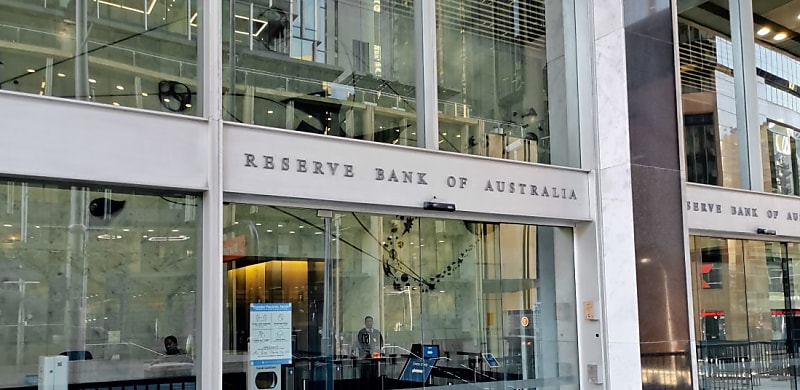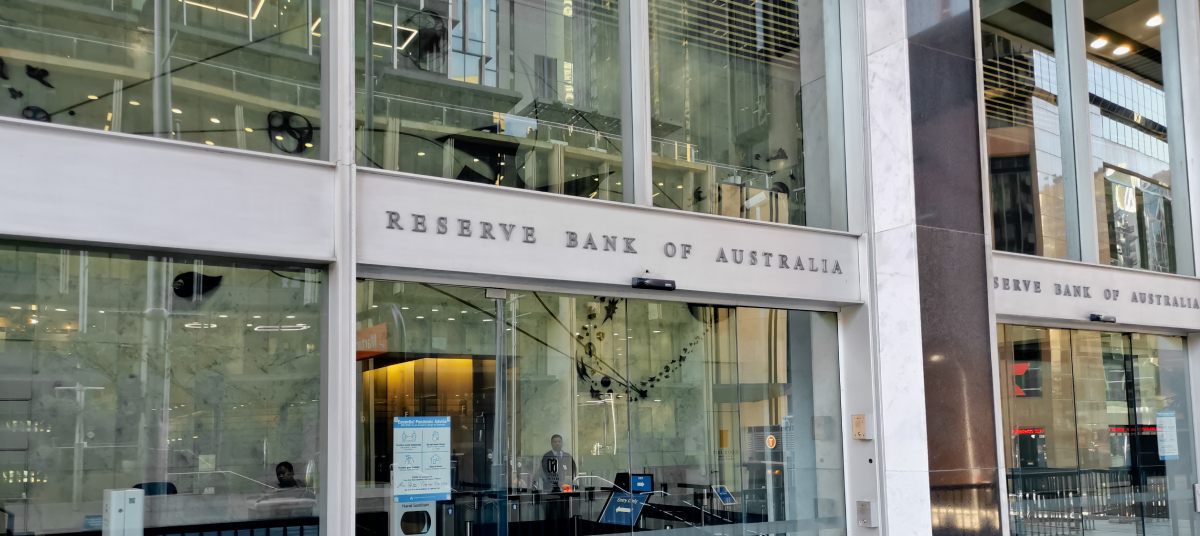
A post-pandemic RBA analysis on Term Funding Facility (TFF) helping business lending has not highlighted clear economic stimulus, the central bank has found.
There is no clear evidence the central bank’s Term Funding Facility (TFF) used during the pandemic — to stimulate the economy and encourage business lending — had increased business lending, Reserve Bank of Australia (RBA) analysts have concluded.
The policy, which provided three-year loans to banks at a low interest rate to ensure they “had access to a source of funding with certainty” — and to reduce their average cost of funds — hasn’t been able to provide evidence of its effectiveness in meeting its aim, the analysis has highlighted in a recent paper.
The TFF included an incentive feature, or ‘additional allowance’, that encouraged banks to increase lending to businesses, particularly small and medium-sized enterprises (SMEs).
RBA researchers Sharon Lai (senior analyst), Kevin Lane (senior manager) and Laura Nunn (analyst) commented: “Overall, we find little evidence that the TFF caused the amount of lending to businesses, including to SMEs, to be higher than would have occurred if the policy were not introduced.
“In particular, we find … no evidence that the additional allowance was effective in increasing the amount of lending to SMEs.
“Mixed results regarding the effect of the availability of the TFF on banks’ lending to businesses; lending growth was greater for TFF-eligible banks than for ineligible non-banks, but this was driven mostly by large businesses drawing on credit lines.
“No evidence that a lender’s take-up of the TFF increased their business lending.”
The trio conceded they made several assumptions in its analysis, confirming these have ‘implications’ for the findings.
“For example, we assume lending to large businesses provides an appropriate comparison for lending to SMEs in the absence of the TFF,” they explained.
“However, this assumption may not hold, as many SMEs operate in sectors that were more affected by COVID-19 restrictions and, as a result, had little appetite for taking out new loans throughout the pandemic.
“We also assume that lending by banks and non-banks is comparable, which may not be true due to differences in funding support measures and their customer base.”
Their recent paper, titled ‘The Term Funding Facility: Has It Encouraged Business Lending?’ contributes to growing studies on the effect of term funding schemes implemented around the world, the analysts cited.
“It is also, to the best of our knowledge, the first empirical study of the effects of the RBA’s TFF on bank credit supply in Australia,” they confirmed.
“Similar to our results, global evidence to date is mixed on the effectiveness of these features in promoting lending.”
An assured source of funding
The RBA research paper focussed on whether the TFF caused an increase in the amount of lending to businesses, especially to smaller firms, the authors highlighted.
Key objectives looked at were whether the additional allowance feature was effective; what was the effect of the availability of the TFF on business lending; and did a lender’s take-up of the TFF affect their business lending?
“These are important questions, but they are difficult to answer,” the researchers acknowledged.
As they explained, as the pandemic unfolded in early 2020 it became clear that “Australia would face a large decline in economic activity,” they recalled.
“To address this, the Reserve Bank of Australia (RBA) – along with other central banks around the world – implemented policies to support economic activity,” they confirmed.
“One such policy was the Term Funding Facility (TFF), which provided three-year loans to banks at a low interest rate.
“Other central banks had introduced similar policies (sometimes known as funding for lending or term funding schemes).”
The TFF was designed to ensure that banks had access to a source of funding ‘with certainty’ and to reduce their average cost of funds, they outlined.
It also included the incentive feature in the form of an ‘additional allowance’ that encouraged banks to increase lending to businesses, particularly small and medium-sized enterprises (SMEs).
Previous work had already established that the TFF provided an assured source of funding and reduced banks’ funding costs, the RBA researches explained.
[Related: Fixed rate volume lowest in a decade: AFG]
